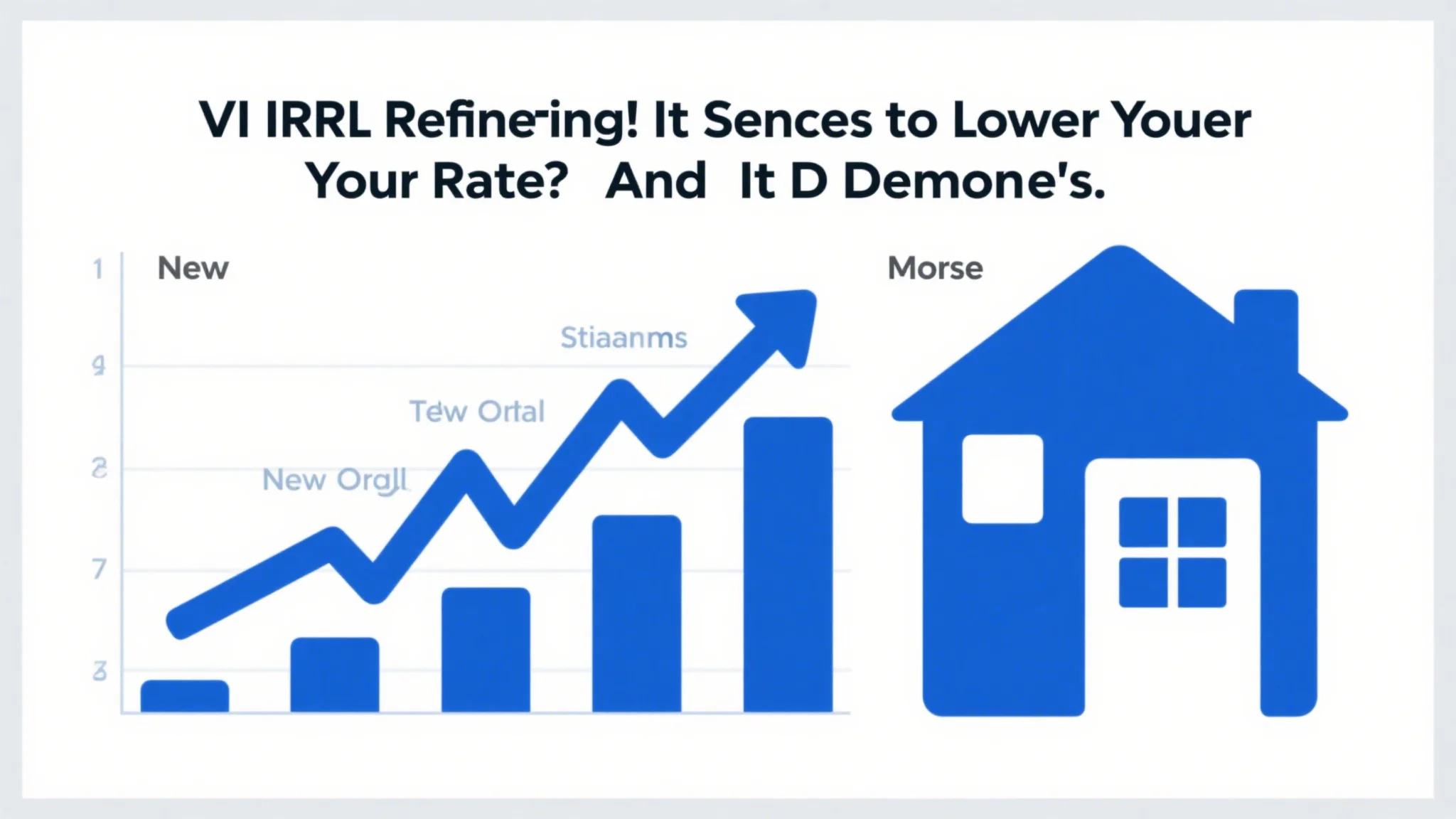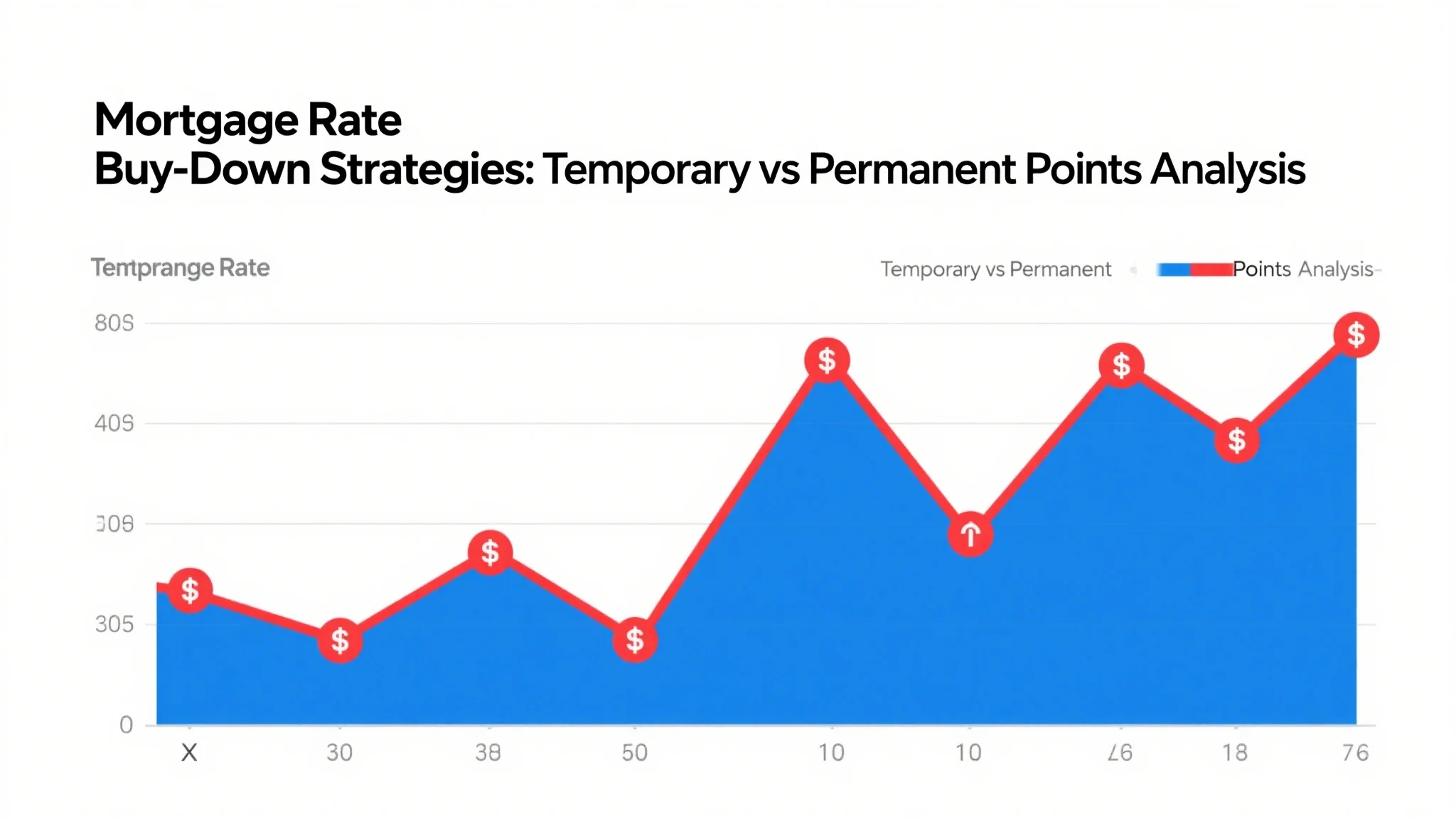Selling a home during a divorce is a complex process, especially when both parties must agree on the terms. The emotional toll of divorce can make it difficult to focus on the practical aspects of selling a property. However, with the right approach, you can turn this challenging situation into a successful transaction.

Understanding the Emotional Challenges
Divorce is a stressful and emotional time, and selling a home can add another layer of complexity. The home may hold memories and sentimental value for both parties, making it harder to agree on a fair price or terms. It’s essential to recognize these emotions and approach the situation with empathy and patience.
One of the first steps is to communicate openly with your spouse or partner. Even though the relationship is ending, working together to sell the home can reduce stress and ensure a smoother process. If emotions run high, consider involving a mediator or therapist to help facilitate discussions.
The Importance of Professional Help
When selling a home during a divorce, it’s crucial to involve professionals who can guide you through the process. A real estate agent with experience in divorce sales can provide valuable insights and help you navigate the complexities. They can also help you set a realistic price that reflects the current market conditions, ensuring you get the best possible offer.
Another essential professional is a real estate attorney. They can advise you on the legal aspects of selling the home and ensure that both parties’ interests are protected. Additionally, a financial advisor can help you understand the financial implications of the sale and how it fits into your overall divorce settlement.
Setting a Realistic Price
Setting the right price for your home is critical to getting competitive offers. Overpricing the home can lead to fewer offers and a longer selling process, while underpricing it can result in leaving money on the table. To find the right balance, consider the following steps:
Market Analysis: Work with your real estate agent to conduct a thorough market analysis. This will give you an idea of the current prices for similar homes in your area.
Home Appraisal: Get an appraisal of your home to determine its fair market value.
Negotiation: Be prepared to negotiate the price based on the offers you receive.
By setting a realistic price, you can attract potential buyers and increase the chances of getting a competitive offer.
Preparing Your Home for Sale
The condition of your home can significantly impact its selling price and the number of offers you receive. While it may be difficult to invest time and money into preparing the home during a divorce, it’s essential to create a space that appeals to potential buyers.
Decluttering: Remove personal items and excess clutter to make the home feel more spacious and neutral.
Staging: Consider staging the home with neutral furniture and decor to appeal to a broader range of buyers.
Repairs and Updates: Address any major repairs or updates that could improve the home’s appeal and value.
By taking these steps, you can create a more attractive home that will entice potential buyers and help you secure a competitive offer.
Communicating with Your Spouse
Communication is key when selling a home during a divorce. Both parties must agree on the price, terms, and conditions of the sale. This can be challenging, especially if emotions are running high.
Set Ground Rules: Establish clear ground rules for communication to avoid conflicts. For example, agree on a specific time and place for discussions.
Involve Professionals: Let your real estate agent and attorney handle the negotiations to ensure both parties’ interests are protected.
Focus on the Big Picture: Remember that the goal is to sell the home and move on with your life. Avoid getting bogged down in minor details.
By maintaining open and respectful communication, you can work together to achieve a successful sale.
of Part 1
Selling a home during a divorce requires careful planning, professional guidance, and clear communication. By understanding the emotional challenges, setting a realistic price, and preparing your home for sale, you can increase the chances of getting competitive offers. In the next part, we’ll explore additional strategies to help you navigate the divorce home sales process and secure the best possible outcome.
Selling a home during a divorce is a multifaceted process that requires careful consideration and strategic planning. In the first part of this article, we discussed the emotional challenges, the importance of professional help, setting a realistic price, preparing your home for sale, and maintaining clear communication with your spouse. Now, let’s dive deeper into additional strategies to help you achieve a successful sale.
Leveraging Marketing Strategies
Marketing your home effectively is crucial to attracting potential buyers and securing competitive offers. A well-executed marketing plan can help you stand out in a competitive market and maximize the selling potential of your home.
Online Marketing: In today’s digital age, online marketing is essential. Create a virtual tour of your home, list it on popular real estate websites, and use social media to reach a broader audience.
Open Houses: Hosting open houses can provide an opportunity for potential buyers to view your home in person. Make sure the home is clean, well-staged, and ready to show.
Networking: Spread the word about your home through your personal and professional networks. You never know who might be interested in purchasing a home.
By leveraging these marketing strategies, you can increase the visibility of your home and attract a wider range of buyers.
Understanding the Local Real Estate Market
Understanding the local real estate market is crucial to pricing your home correctly and securing a competitive offer. Take the time to research the current market conditions, including the average price of similar homes, the number of available properties, and the demand in your area.
Market Trends: Stay up-to-date on market trends to ensure you’re pricing your home in line with current conditions.
Comparable Properties: Analyze the sales prices of comparable properties to determine the best price for your home.
Seasonal Factors: Consider seasonal factors that may impact the selling process, such as school schedules or weather patterns.
By understanding the local real estate market, you can make informed decisions and increase the likelihood of securing a competitive offer.
The Role of Staging
Staging your home is a critical step in preparing it for sale. A well-staged home can make a strong first impression and appeal to a broader range of buyers.
Neutral Decor: Use neutral colors and decor to create a welcoming and neutral environment.
Lighting: Proper lighting can make a home feel more spacious and inviting.
Landscaping: A well-maintained yard can enhance the curb appeal of your home and make it more attractive to potential buyers.
By investing time and effort into staging your home, you can create a more appealing property that will attract competitive offers.
Negotiating the Best Deal
Negotiation is a key part of the selling process, and it’s essential to approach it with a strategic mindset. Whether you’re dealing with a cash offer or a traditional mortgage, you want to ensure you’re getting the best possible deal.
Know Your Limits: Set clear limits on what you’re willing to accept and stick to them.
Be Prepared to Compromise: While it’s important to stand your ground, be open to compromise to reach an agreement.
Involve Professionals: Let your real estate agent and attorney handle the negotiations to ensure your interests are protected.
By approaching the negotiation process with a strategic mindset, you can secure a deal that works for both parties.
Finalizing the Sale
Once you’ve agreed on a price and terms, it’s time to finalize the sale. This involves a series of steps, including signing contracts, completing inspections, and handling the closing process.
Due Diligence: Ensure all necessary inspections and appraisals are completed to avoid any issues down the line.
Closing Costs: Be prepared to handle closing costs, which can include title insurance, attorney fees, and other expenses.
Final Walkthrough: Conduct a final walkthrough of the home before the closing date to ensure everything is in order.
By taking these steps, you can ensure a smooth and successful closing process.
of Part 2
Selling a home during a divorce is a complex process that requires careful planning and strategic execution. By leveraging marketing strategies, understanding the local real estate market, staging your home effectively, and negotiating the best deal, you can increase the chances of securing a competitive offer and achieving a successful sale. Remember, the goal is to sell the home and move on with your life, so focus on the big picture and work collaboratively with your spouse, professionals, and real estate agents to achieve the best possible outcome.
By following the strategies outlined in this article, you can navigate the challenges of divorce home sales and secure competitive offers when both parties must agree. Whether you’re just starting the process or already in the middle of it, these tips can help you achieve a successful outcome.


